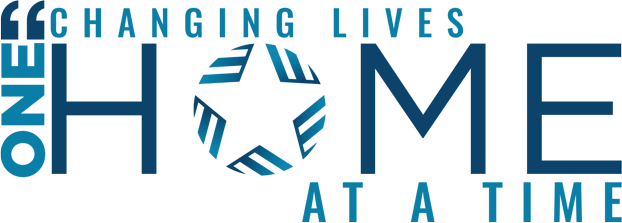Make sure you have a sense of how you measure up in these four key ways before you start the house hunt.
There are several aspects to Qualifying For A Loan in the mortgage world. However, these 4 are the most valuable to pay attention to.
Article Provided by Trulia.com
When it comes to deciding on a home to purchase, the list of things to consider can be lengthy. But while you might be comparing square footage, finishes, and neighborhoods, we are looking at the specific numbers that make up your financial picture with the same discerning eye.
These numbers will not only impact your ability to buy that, but they will also measure your buying power.
1. Credit score
Your credit score is one of the most basic ways a lender can determine your creditworthiness, or your ability to pay your loan on time every month. Five key factors impact your score, each varying in importance: payment history (35%), amounts owed (30%), length of credit history (15%), credit mix (10%), and new credit (10%).
While having a low credit score (think below 620) doesn’t necessarily mean being approved for a mortgage is outside the realm of possibility, it certainly makes the situation more challenging. In addition, interest rates for scores in the 580 to 699 range could be anywhere from 0.5% to 4% higher than the lowest rate available — and that will make your mortgage more expensive.
On the flip side, a score of 760 to 850 could land you the best possible rate, and a score of 700 to 760 could put you just 0.25% above the lowest rate.
2. Down payment
Times have changed, but cash is still king in the home-buying game. This means the higher the down payment you’ve managed to put on the table upfront, the more overall buying power you are able to bank on in the end.
There are plenty of benefits to adhering to the often-repeated 20% rule of thumb, in which you come up with a down payment that’s 20% of the sale price of the home. Putting this much cash (or more) into a down payment can eliminate the need for private mortgage insurance (PMI), allow you to negotiate for a lower interest rate, and, in competitive markets, could place you above the competition.
It all boils down to looking committed and financially ready to make such a hefty purchase. In turn, you could significantly lower the amount you pay over the life of your loan.
3. Debt-to-income ratio
Making a nice, steady income is great, but that’s not everything when it comes to determining your mortgage eligibility.
Lenders want the reassurance that you will be able to pay your mortgage in addition to all other financial obligations you currently have. To do this, they will look first at your front-end ratio, or housing ratio — your monthly housing payment (including insurance, interest, taxes, and PMI, if applicable) divided by your monthly income. The general rule of thumb is to keep this at or below 28%.
Next, they will look at your back-end ratio or debt-to-income ratio, a calculation that determines how much of your monthly pay goes to service your existing debt (e.g., car loans, student loans, credit card payments, etc.). This calculation is your total monthly debt payments divided by your total monthly household income. The general rule of thumb for this calculation is to keep it at or below 36%.
While landing above the suggested ratios won’t necessarily end your journey to homeownership, it can certainly impact your loan terms.
4. Assets
A lender’s biggest concern is always whether the borrower will have the income coming in and the financial resources already on hand to stay up to date on payments, regardless of other financial storms they may be weathering.
Therefore, you will be required to provide a list of assets showing where money for the down payment is coming from (and whether the money is yours or a gift from elsewhere) and how healthy your savings and investments currently are. The bigger your cushion, the more likely lenders are to think you can pay for not only all necessary mortgage costs and fees, but also all home-related financial obligations afterward.
The bottom line
Paying careful attention to these numbers and making necessary changes before turning your attention to square footage and finishes can do wonders in ensuring your bank account will be ready when the time comes to make a purchase.








